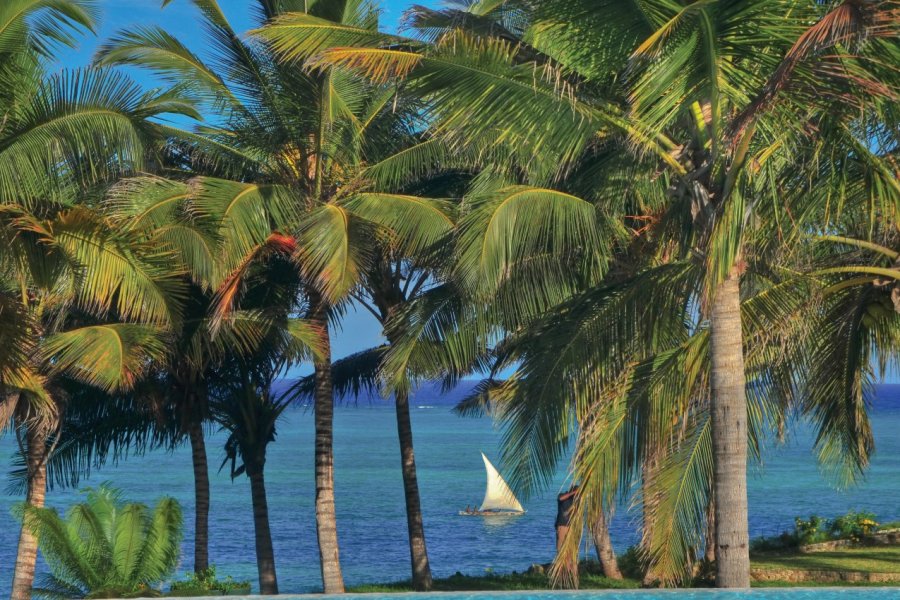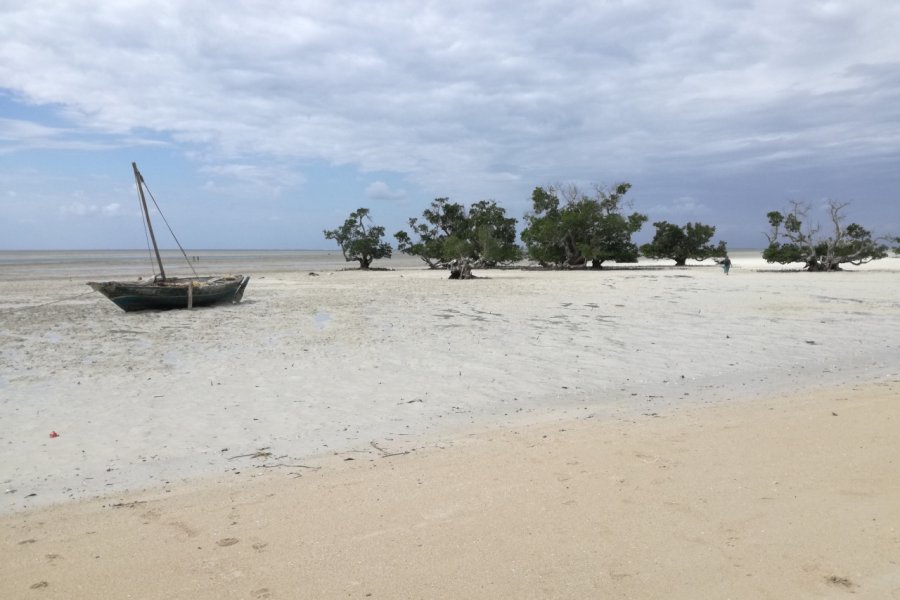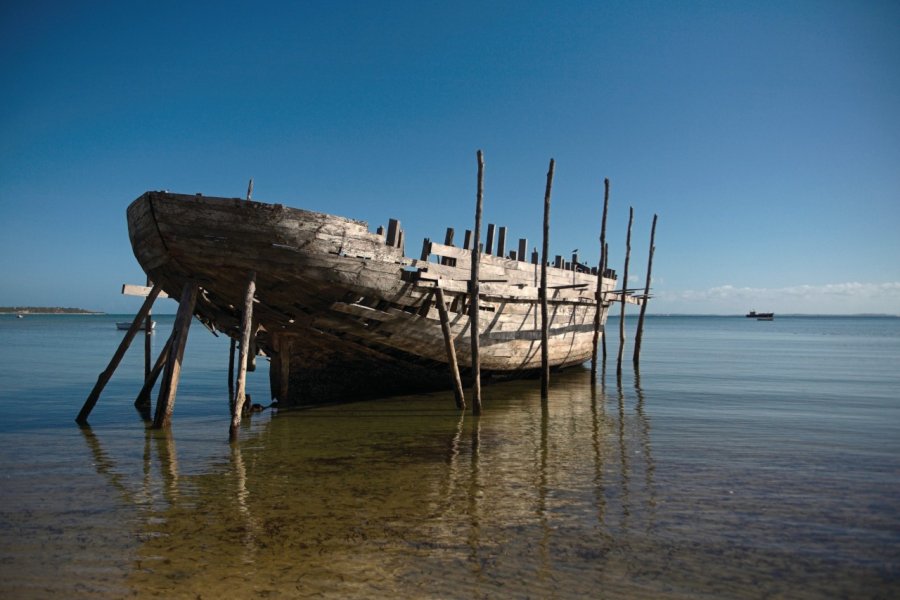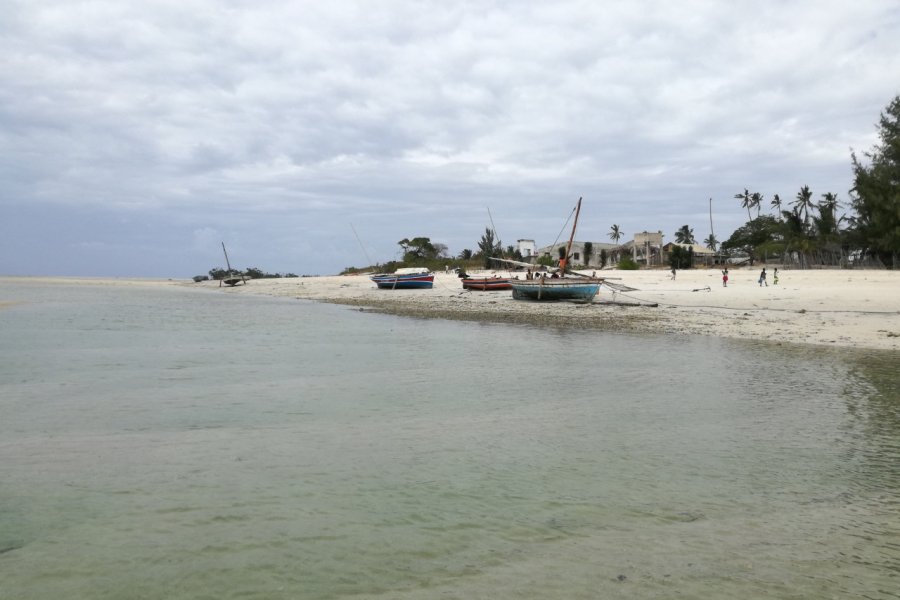Travel Guide Pemba
Find an accommodation
Advertising
Seen from the sky, the peninsula is a collection of straight lines, tidy straw huts, a few white houses and baobabs that abound. Pemba is an appendix of continent with on one side a wild bay, on the other river arms that criss-cross the mangrove-style vegetation and, finally, the ocean. The modern city of Pemba was founded in 1904 as the administrative centre of the Niassa Commercial Company, moving its headquarters from the island of Ibo, which did not allow large ships to dock. For a long time, it remained outside of the colonizing aims, and was practically untouched by the liberation movement and the war. Along the coast on the heights, the straw houses clump together on the slope, down to the sea. This is the Paquitequite district, the heart of the city for the inhabitants. Typical, but dirty and dilapidated. It is on his beach that dhows land from the islands, loaded with plants. Known as Porto Amelia before independence, the capital of the province of Cabo Delgado suffers from its isolation. Despite this, it retained its importance for fishing, and its port was considered one of the best that the Portuguese ever had at the time of colonization. Today, even if you can still sense a certain atmosphere, Paquitequite and Wimbe are not as idyllic as they were a few years ago. Tourists visiting Pemba therefore tend to go down to Murrebue or Mecufi, further south, where the beaches have retained their natural beauty.
What to visit Pemba?
Advertising
Weather at the moment
Advertising
Organize your trip with our partners Pemba
Transportation
Book your plane tickets
Car Rental
Boat rental
Accommodation & stays
Find a hotel
Holiday rental
Find your campsite
Tailor-made trip
Immersion travel
Services / On site
Activities & visits
Find a doctor



















